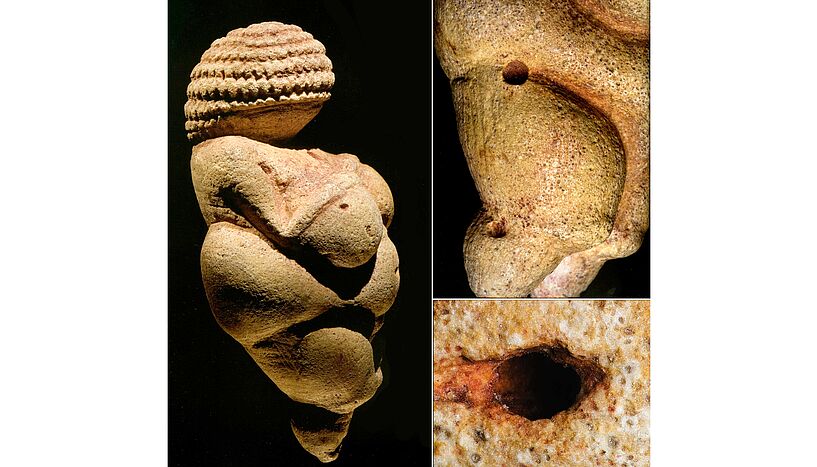Mystery solved about the origin of the 30,000-year-old Venus of Willendorf
The source of the materials used to make the Venus of Willendorf, a 30,000-year-old figurine that counts among the world’s oldest artefacts, have long eluded experts.

The figurine, which resembles a woman with fulsome breasts and round hips, is made of a rock known as oolite, which isn’t native to Willendorf, the village in Austria where it was found. At long last, how the oolite made its way to Willendorf appears to be solved.
An anthropologist with the University of Vienna and two geologists said on Tuesday that the Venus of Willendorf’s oolite most likely came from an area in the north of Italy near Lake Garda.
The findings by Gerhard Weber, Alexander Lukeneder, and Mathias Harzhauser put forward in their paper, which appears in the peer-reviewed journal Scientific Reports, have the potential to reshape how experts understand the movement of various peoples during the Paleolithic era.
Working in collaboration with the prehistorian Walpurga Antl-Weiser and the Natural History Museum in Vienna, which owns the Venus of Willendorf, the team of researchers closely examined the figurine to determine its origins.
They relied on a technique called micro-computed tomography, which uses extremely high-definition photography to offer cross-sections of objects.
Inside the oolite, they discovered remnants of shells and limonites, a kind of large grain. Some of the limonites appear to have fallen out of the figurine as it was being carved, leaving depressions behind.


The experts suggested that the Venus of Willendorf’s gaping belly button was the result of this—a happy accident that was embraced by its maker.
If indeed the oolite came from northern Italy, it means that the sculpture’s maker likely travelled across an area where the Alps are sited.
But because glaciers that have since melted once covered those mountains, the creator likely circumvented the Alps.
Because the oolite went from Italy to Austria, it probably means that the people of civilization that the sculpture’s maker belonged to “looked for and inhabited favourable locations,” Weber said in a statement.
“When the climate or the prey situation changed, they moved on, preferably along rivers.”
But the archaeologists left open the possibility that the oolite may have come from a very different locale: Ukraine. Similar-looking Venus figures have been found there, the experts said, and while the oolite “clearly” seems to have come from Italy, it was “possible, though less likely,” that this sculpture could have originated in Eastern Europe.
